The Color is Red (Chinese New Year in Jakarta, 2014)
The Chinese Indonesians welcomes the arrival of Chinese New Year 2014. During the Suharto regime, the celebration of Chinese New Year in public was forbidden. But today, about a dozen years since the government allowed the Chinese community to celebrate their festivals and traditions openly, red is in full swing, red has become the dominating color in temples and shopping malls, on clothes and decorations, on the altar of Buddhist gods and on the lanterns and on the dragon masks.
In Indonesia, the Chinese New Year is associated with religion. Indonesia is the only country in the world recognizing Confucianism as one of its state religions, and the Chinese New Year is regarded as religious holiday of Confucianism (as religious holidays are national holidays, thus it becomes nationwide holiday). While in China they say, “Happy Lunar New Year 2014”, in Indonesia they say, “Happy Lunar New Year 2565”, with 2565 is counted from the birthday of Confucius, the prophet of Confucianism.
The Chinese believe that rain during the Chinese New Year will brings good fortune. In their ancestral land, Chinese New Year signifies the arrival of spring, and as they say, “Rain in spring is as worthy as oil”, the farmers really wished for spring rains for their crops. The Chinese ethnic in Indonesia, despite of living in tropical islands and not being farmers anymore, still believe in rains of good fortune. In recent years, it has been raining in every Lunar New Year, as this happen to be in rainy season, and due to so much rain, parts of Jakarta and many other cities are drowned since the last few weeks.
The money rain and good fortune during the Chinese New Year is also the expectation of the sea of beggars, sitting in front of the one of the oldest temples in Jakarta’s chinatown, behind the strip of yellow “Police Line”, the strip you usually see in the sites of traffic accidents, sites of disasters, or sites of criminal actions. Hundreds of beggars flock here from the surrounding areas and neighboring cities, from as far as Banten and West Java. Some of them are professional beggars, some are housewives bringing their babies, wishing for extra lucky money during the holiday season.



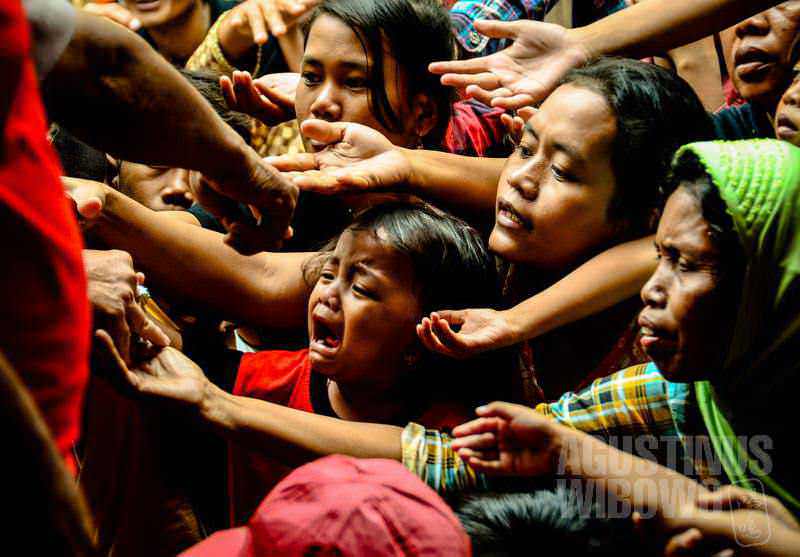
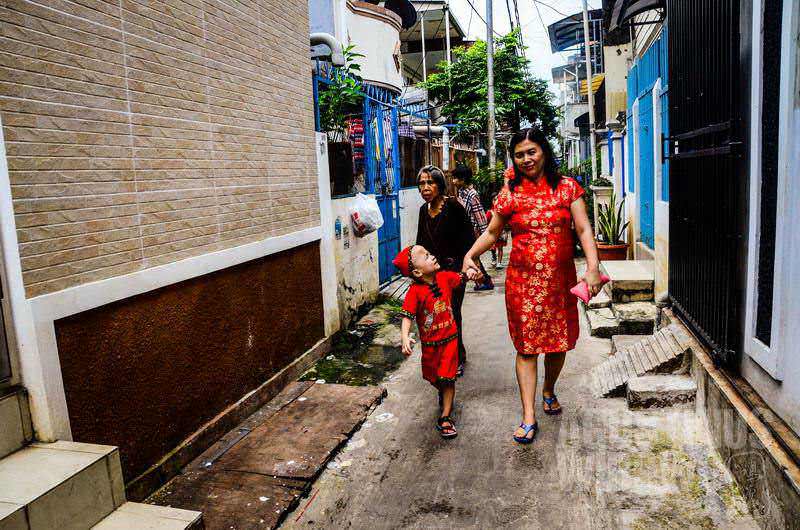
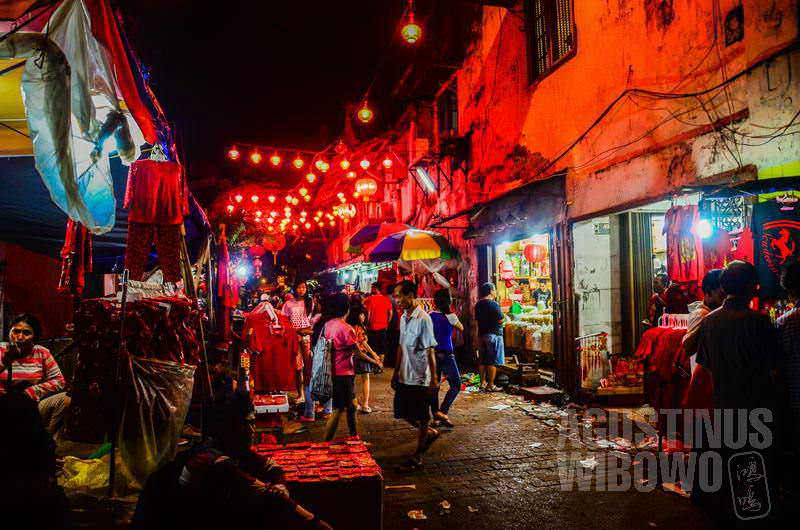
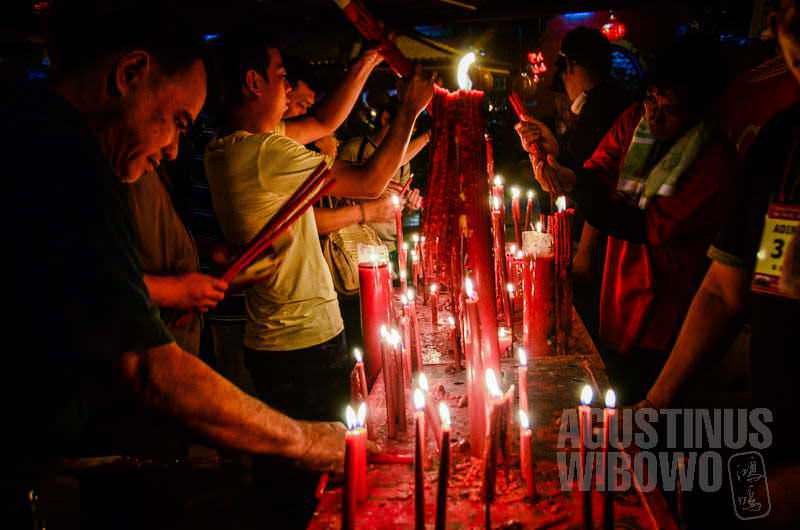
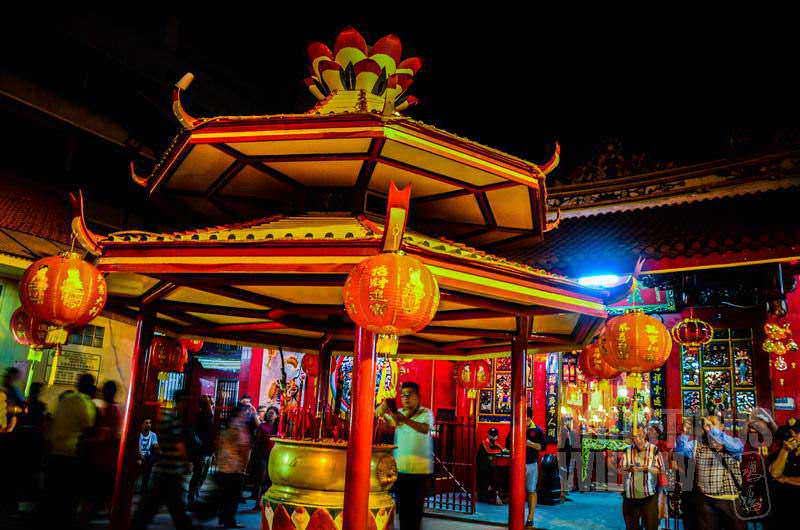


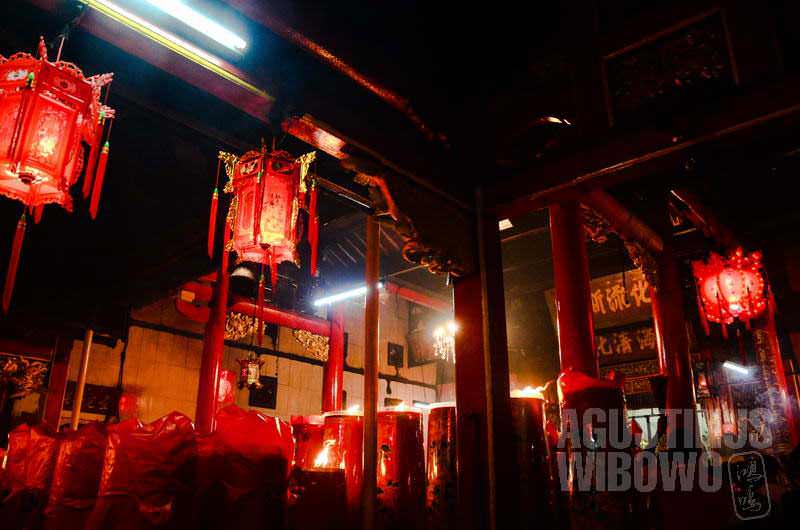
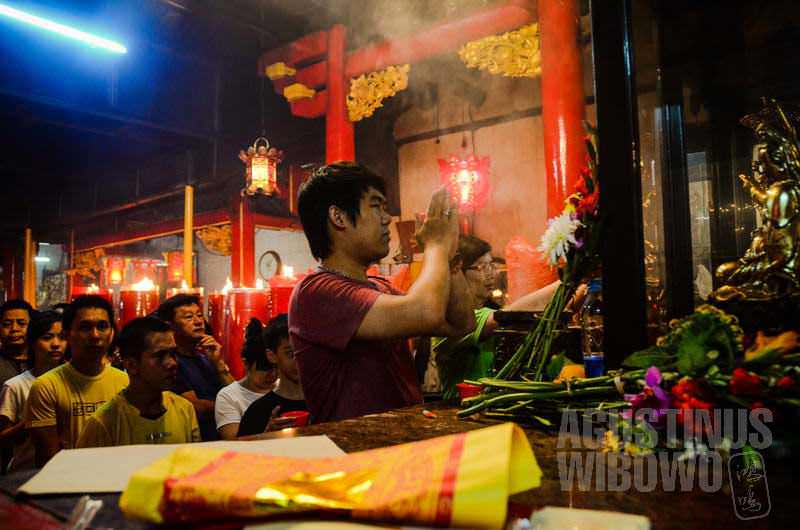
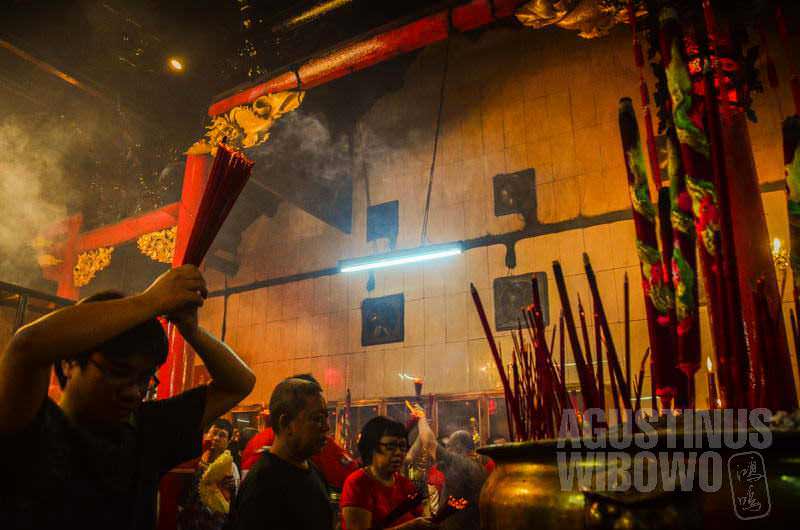

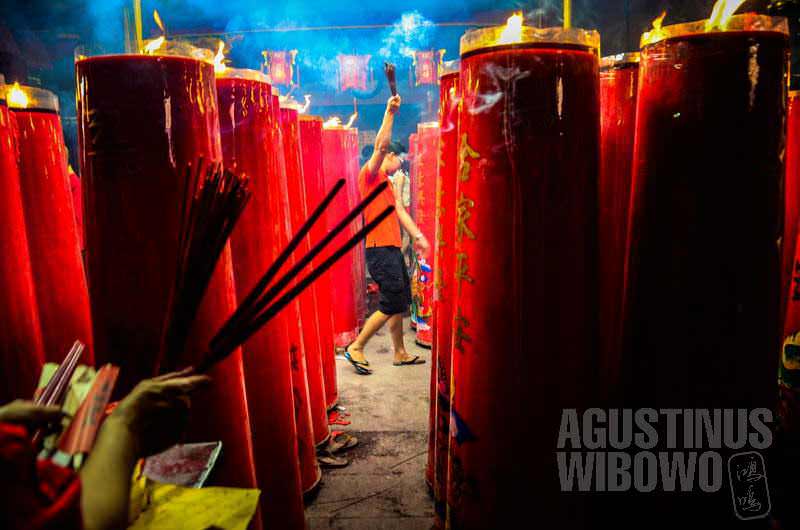
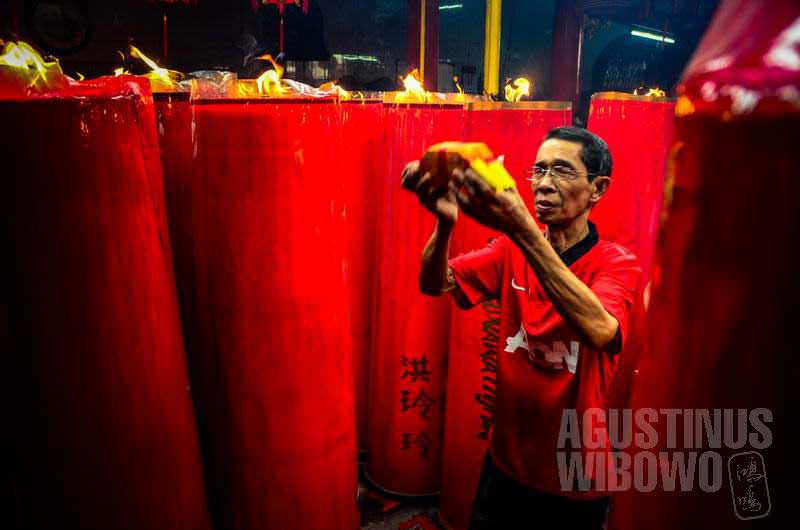
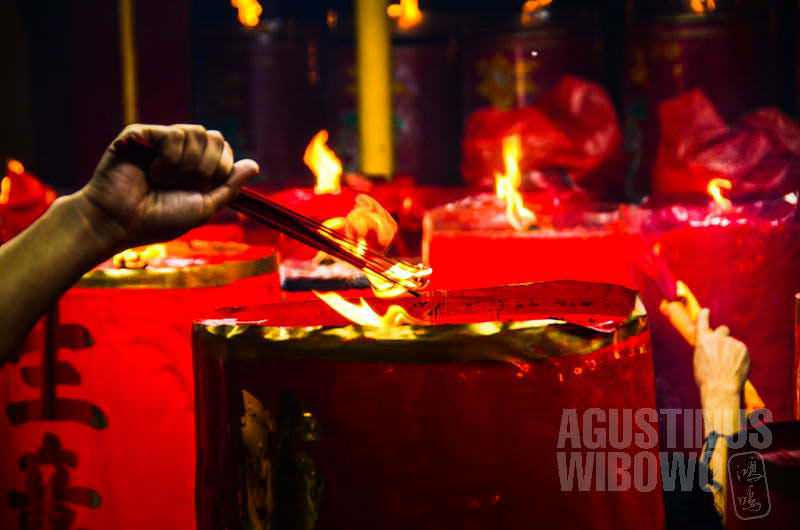
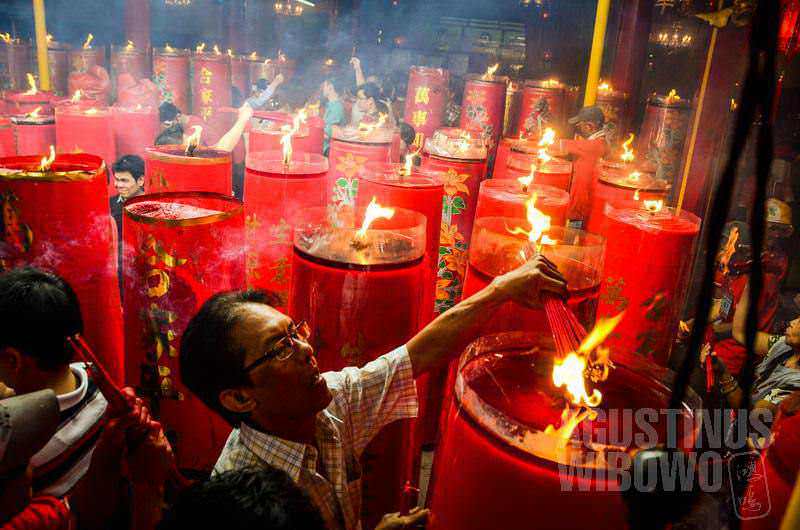


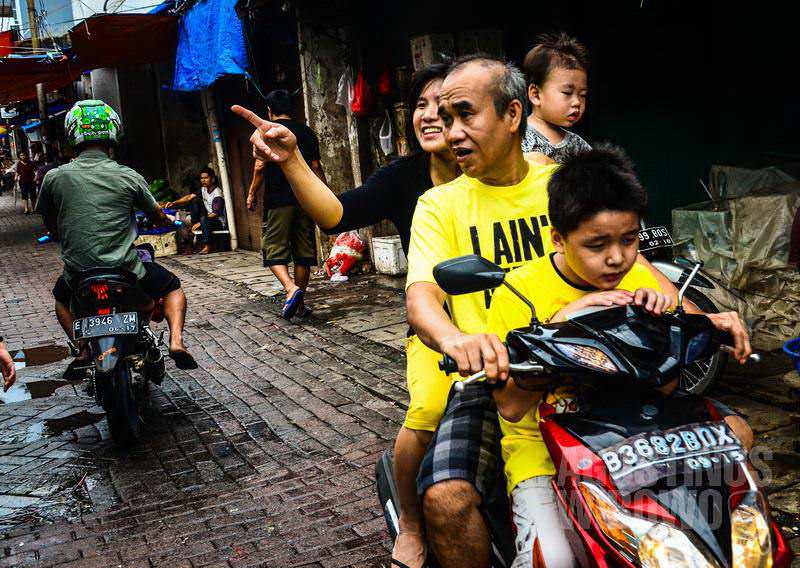

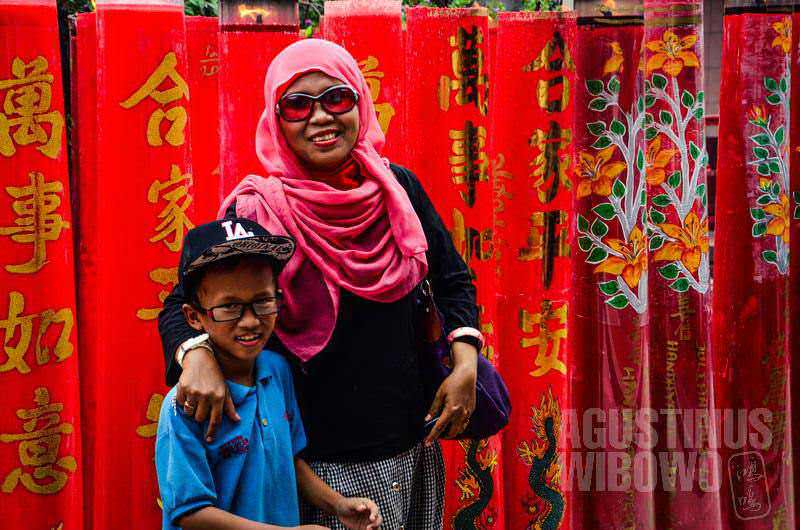

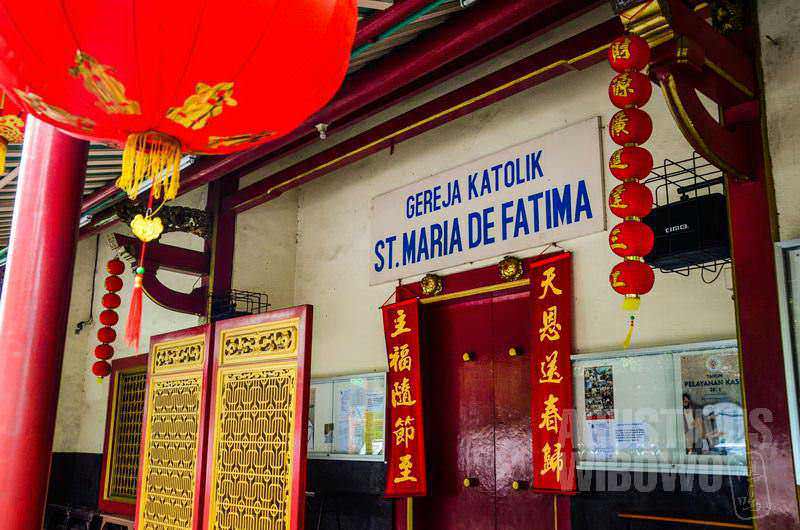

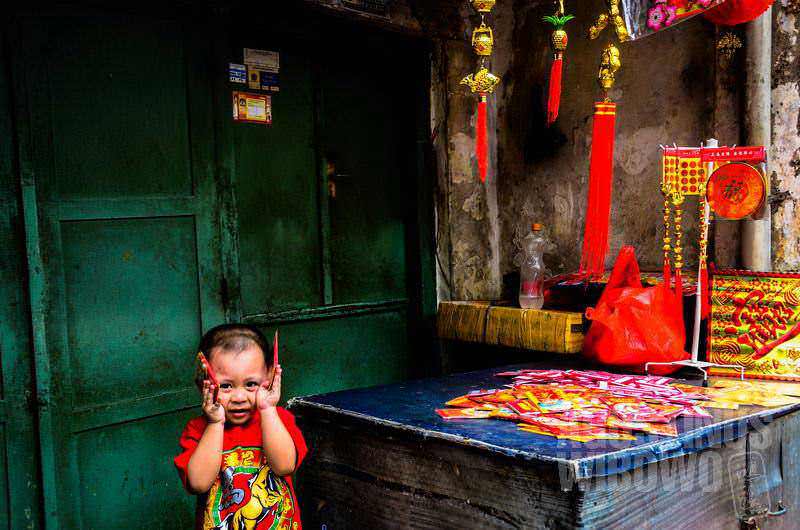
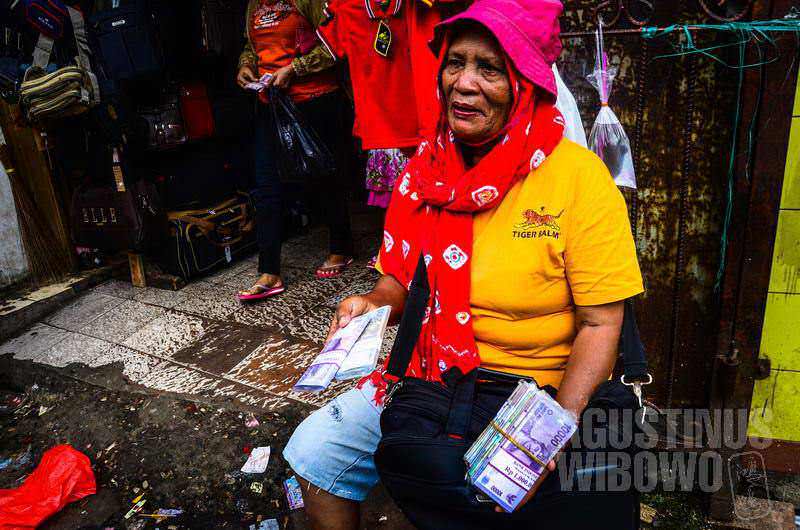
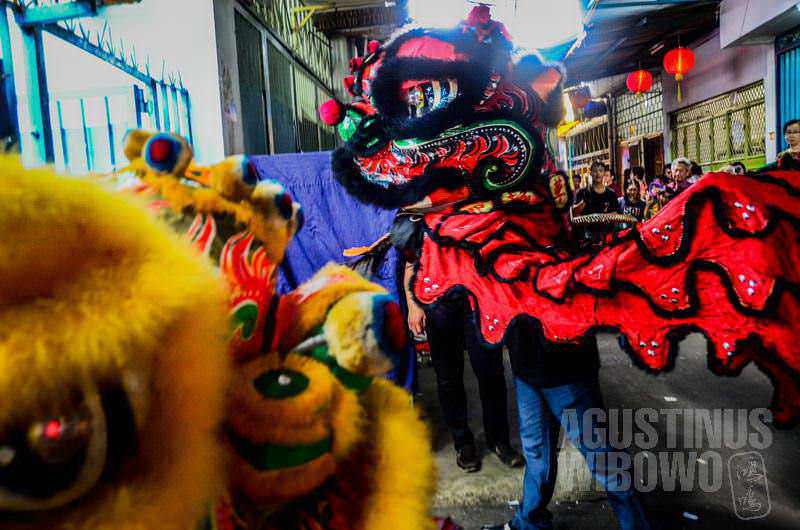
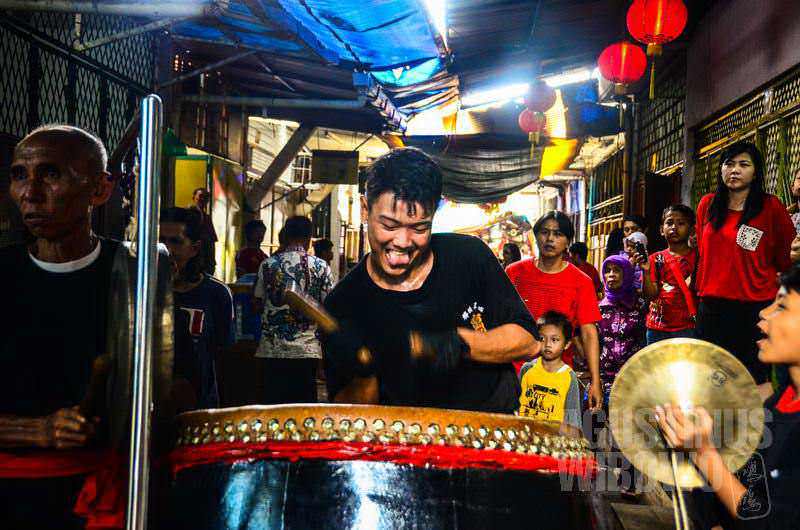

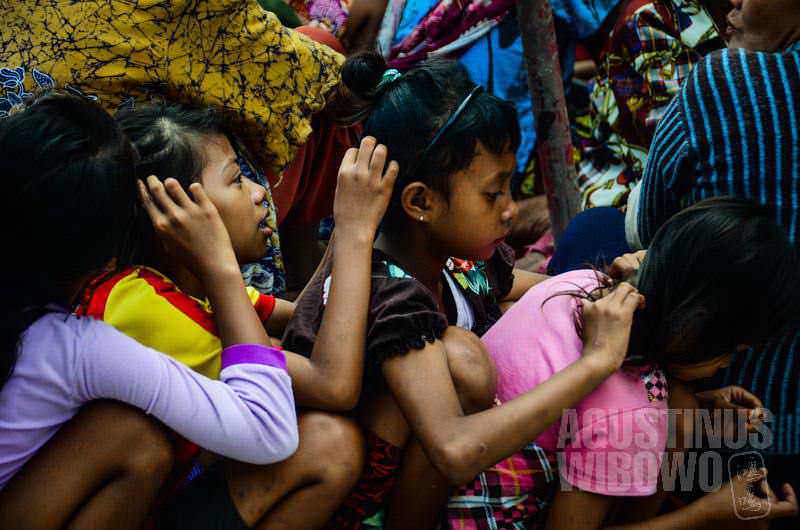
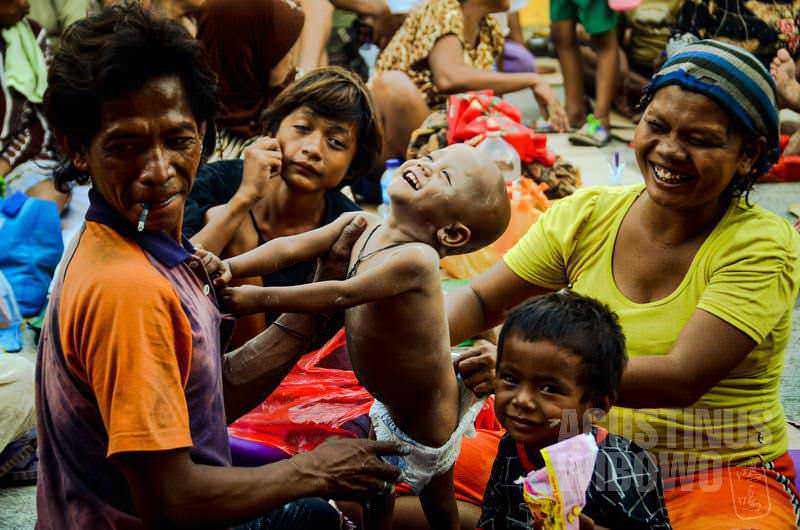

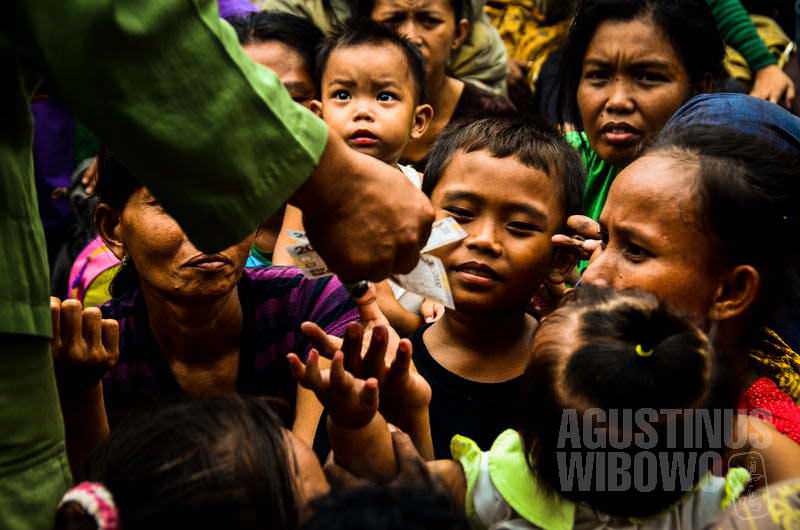

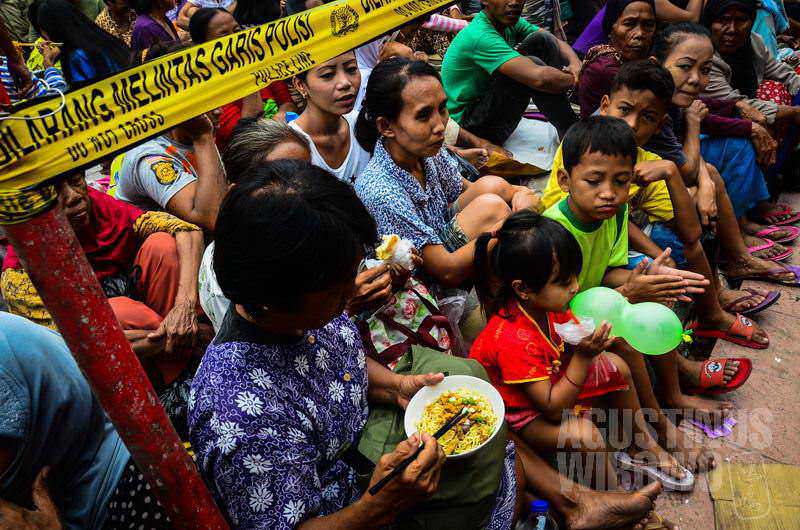
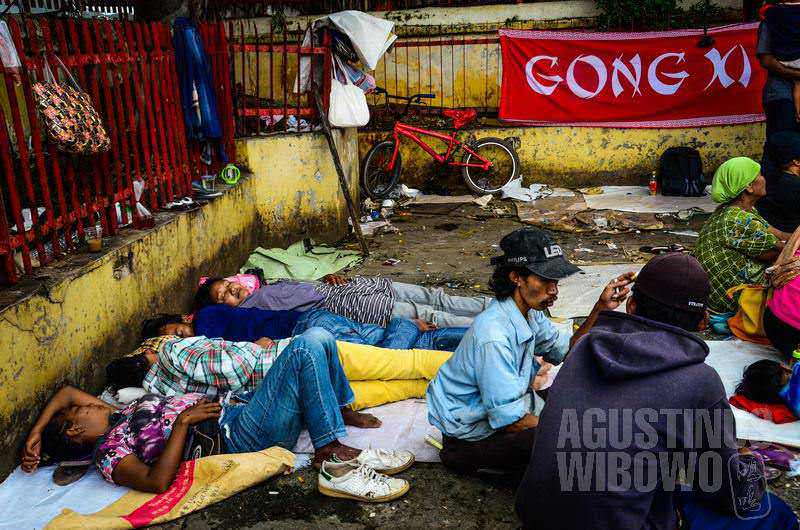
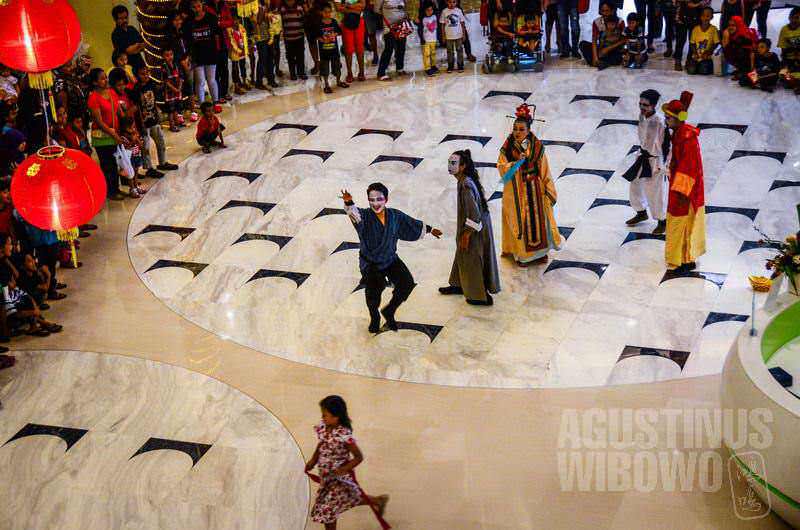






Chino yengi yillingiz kutlu bo’lshun (in uyghur )
Semoga orang2 china enggak melakukan genosida ke saudara3 muslim kami di uyghuristan, selamanya. Atau muslim indonesia akan melawan balik dgn memusnahkan org2 kalian di indonesia..
lha si Vaif ini apakan WNI? It’s an inapproriate comment guy
“professional beggars”, melas tenan. antara ngguyu ambek miris prihatin.
Nice capture…..ternyata, seharian maren saya jalan bareng penulis kondang toh….baru nyadar..salam masbro!!!
haha mas Yadi, kondangan maksudnya… udah sampe di Batam? Gimana jalan-jalan di Bogornya?
seneng deh lihat anak-anak “pribumi” pake baju cheong sam (emaknya pake jilbab), sementara anak2 cina pake cheong sam batik
So ironic celebration